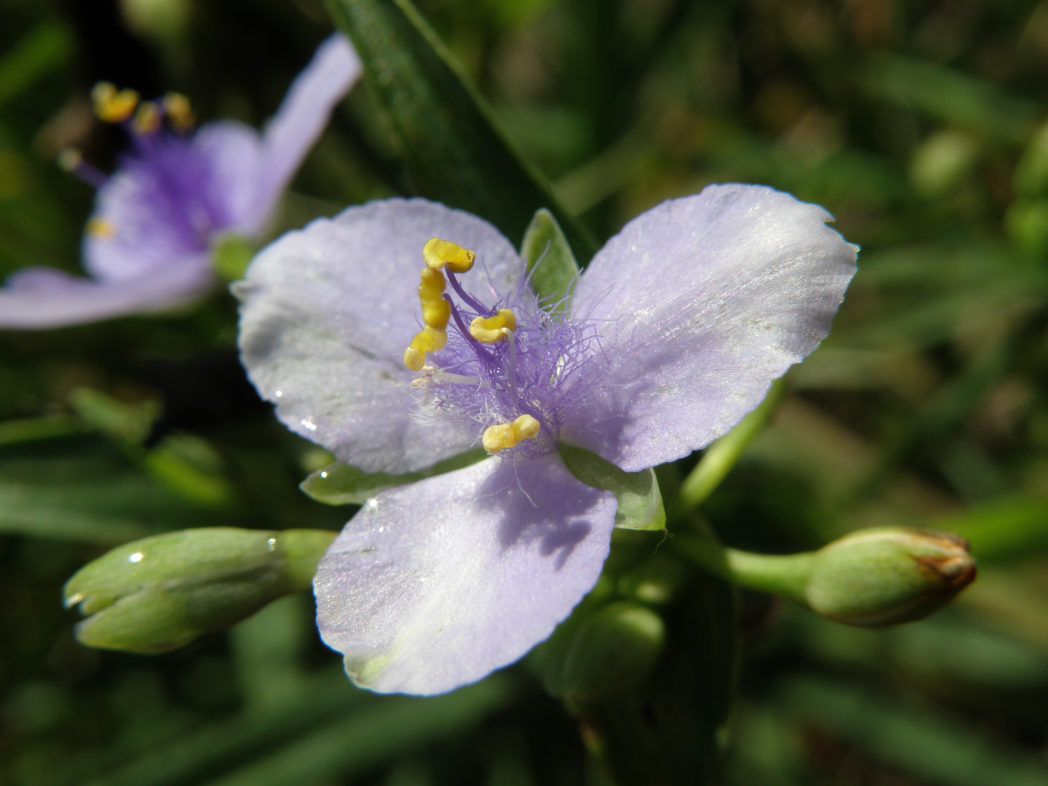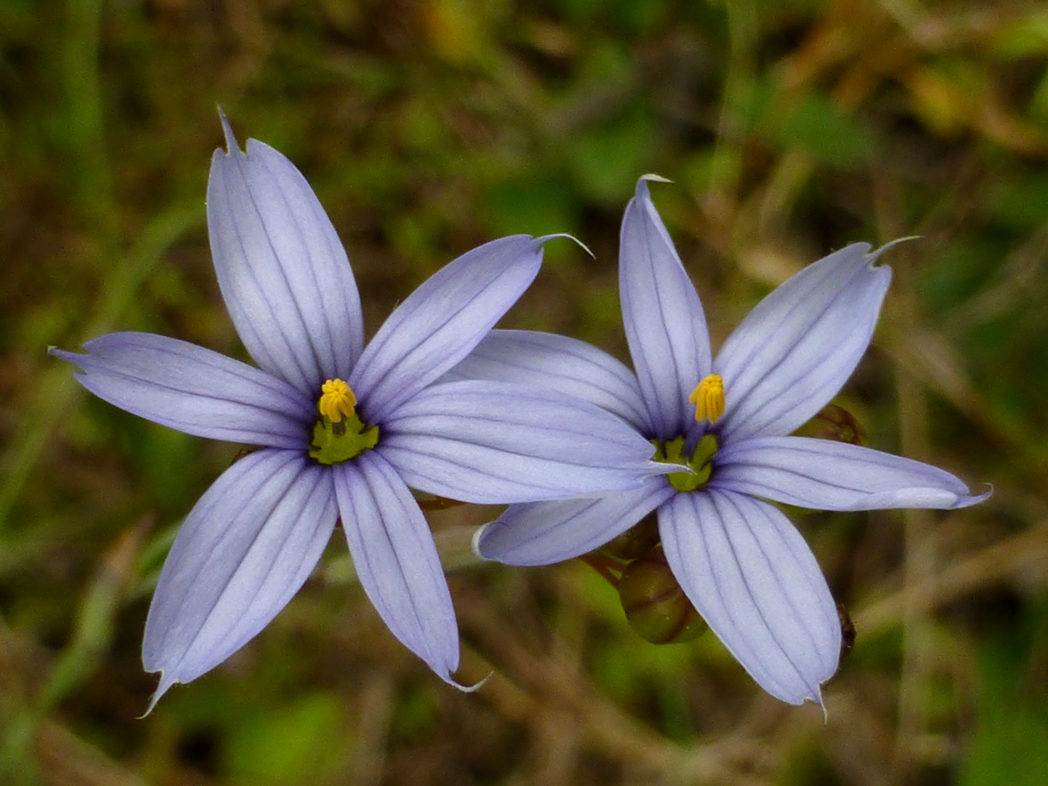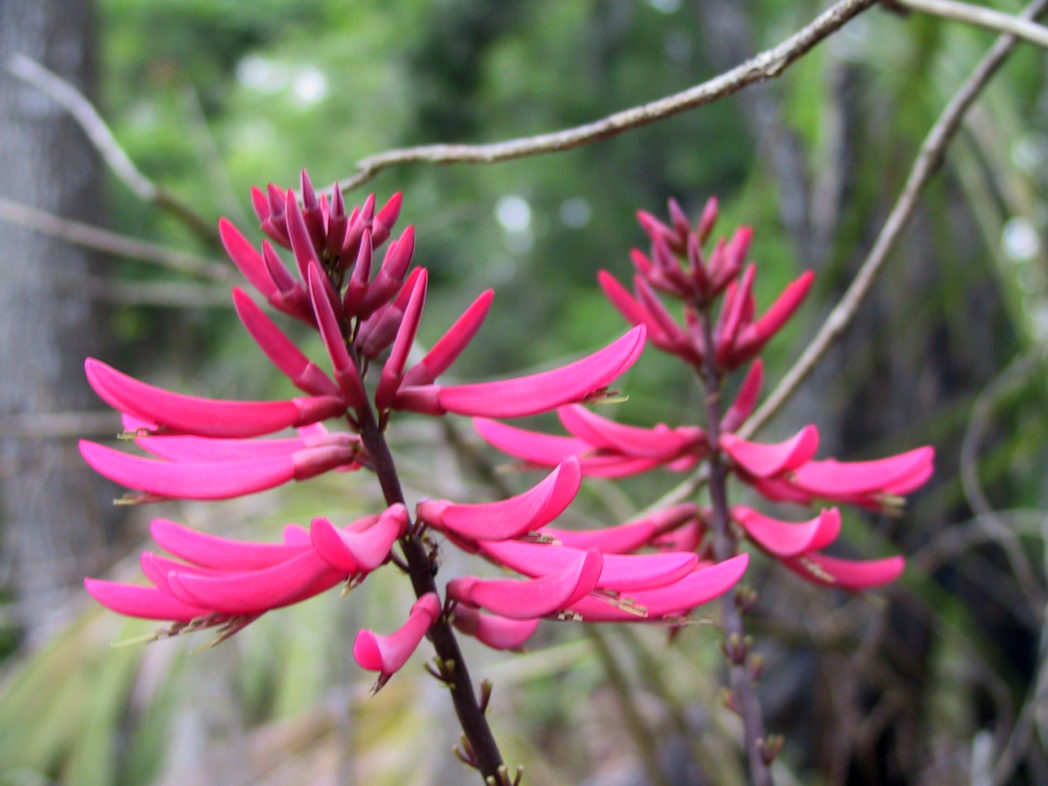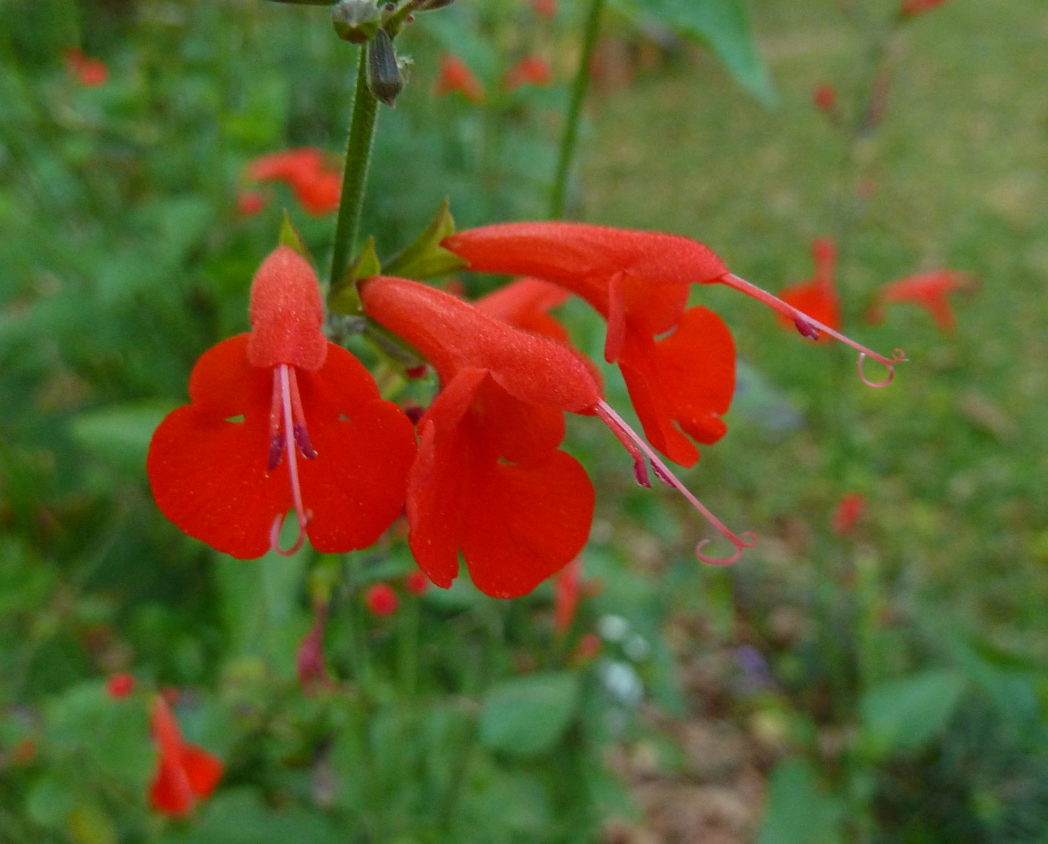Spring — a time of renewal, planting and planning
by Claudia Larsen
“Like a great poet, Nature knows how to produce the greatest effects with the most limited means.” — Heinrich Hein, German poet (1797-1856)
Who doesn’t love spring? It puts us in a happy place to see plants bursting forth with new green leaves and a promise of growth. For gardeners, it’s a very busy time as we plan, pull weeds and plant.
If you have an established garden, it’s time to remove unwanted clumping and creeping grasses. If possible, dig out root systems with a narrow shovel that does not disturb nearby plants. It’s also time to remove plants you have too many of. In my own garden, I recently removed about 15 clumps of Spiderwort (Tradescantia ohiensis) that looked like a colony of gnomes. They were easy to dig, though the roots are an amazing array of spidery tentacles (which probably gives them durability in the garden). I left clumps of three here and there because their gorgeous three-petal purple flowers, which bloom early, contrast well with the yellow Coreopsis. (Did you know that “wort” is from an old English word wyrt meaning “plant”?)
There may be small unplanned annual wildflowers popping up in your garden now. Although they may look unkempt to you, take a moment to admire them. Venus’ looking glass (Triodanis biflora), for instance, has a showy star of blue-purple flowers and rounded leaves that encircle each stem. These small plants are visited by tiny pollinators.
The pink flower of Carolina cranesbill (Geranium carolinianum) is tiny, too, but it deserves a closer look with a magnifying glass to see its intricate markings. Its deeply lobed leaves make it easy to identify. It’s known as a “weedy invader,” but since its seeds are enjoyed by songbirds, it is definitely staying in my garden.
If your garden receives four to six hours of sunlight or more, you have excellent habitat for most Florida wildflowers. Flowers can be started from seed, but may have delayed emergence if they need stratification by nature. Plants from containers will thrive, but remember to get them established by watering as needed for two to three weeks. Water deeply to penetrate root systems. Give plants 18 to 24 inches of room so they can mature without crowding. Taller species can be planted two to three feet apart.
Early spring wildflowers for your garden include Coreopsis spp., Penstemon spp., Verbena spp., Blue-eyed grass (Sisyrinchium angustifolium), Spotted beebalm (Monarda punctata), Coralbean (Erythrina herbacea), Wild indigo (Baptisia spp.), Florida greeneyes (Berlandiera subacaulis), Rain lily (Zephyranthes atamasca) and Fleabane (Erigeron spp.).
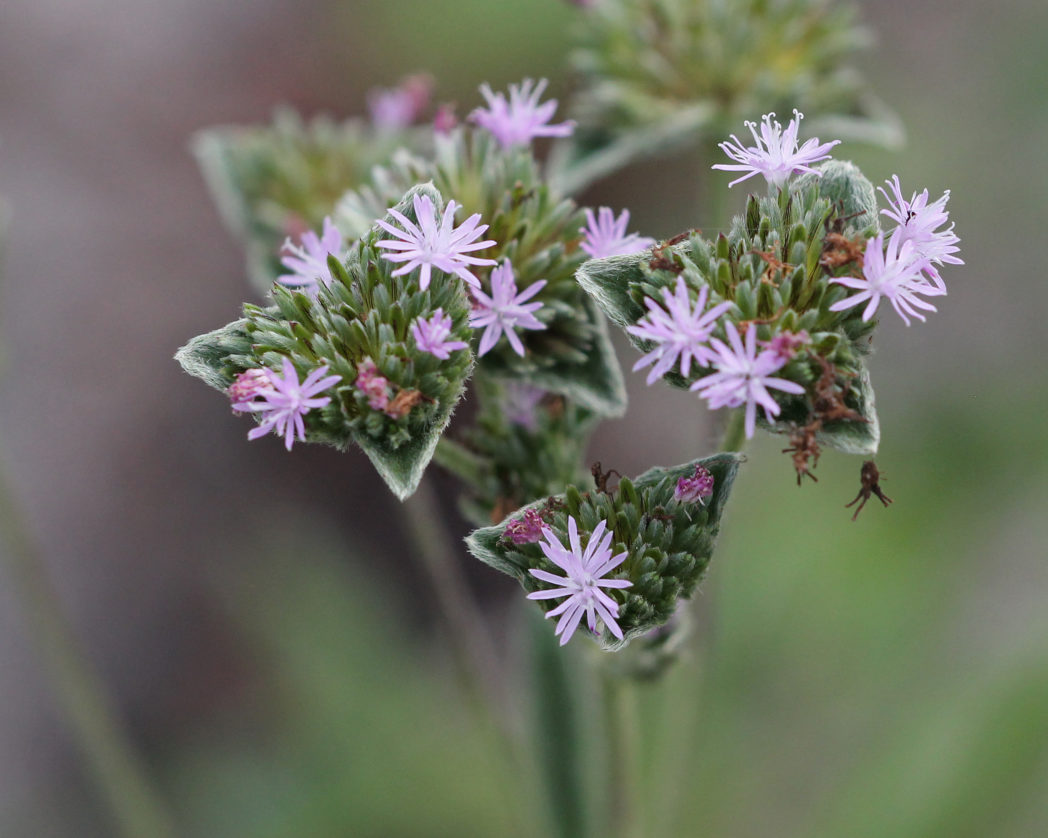
A shady site can be enhanced with wildflowers too. Try violets (Viola spp.), Partridgeberry (Mitchella repens), twinflower (Dyschoriste spp.), Coralbean, Elephant’s foot (Elephantopus elatus), Wild columbine (Aquilegia canadensis), Dutchman’s pipe (Aristolochia tomentosa), Rougeplant (Rivina humilis), salvias (Salvia spp.) and Carolina wild petunia (Ruellia caroliniensis).
Because some of these plants have non-native relatives that have naturalized in Florida, it’s important to shop by the scientific name. To locate native nurseries in your area, visit the Florida Association of Native Nurseries website.
Happy gardening!

